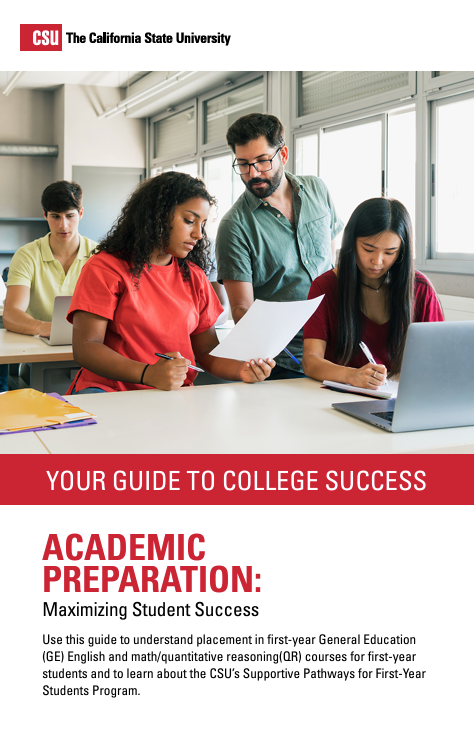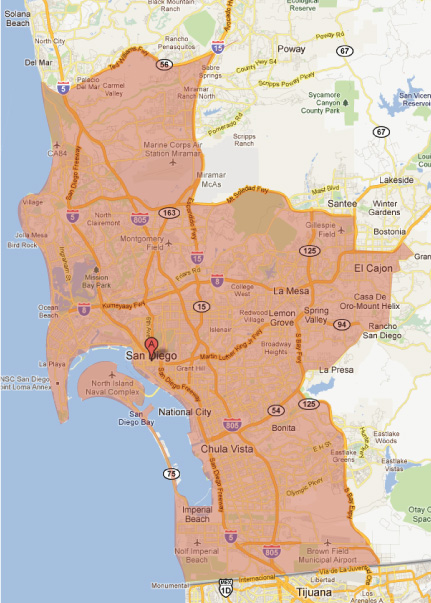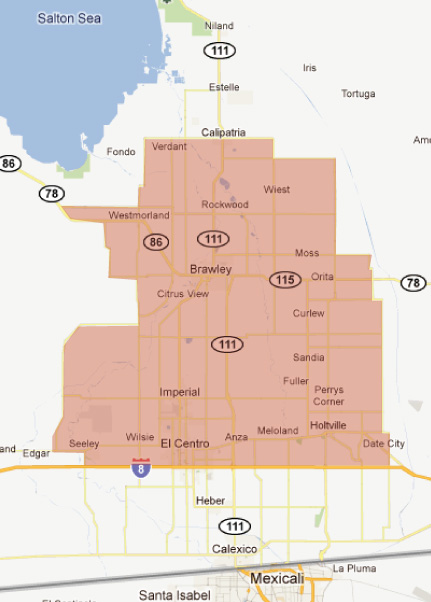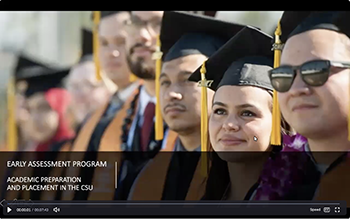Early Assessment Program
The California State University Early Assessment Program
The Early Assessment Program (EAP) is a collaborative effort among the State Board of Education (SBE), the California Department of Education (CDE) and the California State University (CSU). The program was established to provide opportunities for students to measure their readiness for college-level English and mathematics in their junior year of high school, and to facilitate opportunities for them to improve their skills during their senior year.
Are you ready for college? Watch the above video to find out...
Early Assessment Program Student Participation
- EAP utilizes the grade 11 Smarter Balanced Summative Assessment in English language arts/literacy (ELA) and mathematics. Testing period is between February through May of the student's high school junior year.
- EAP scores are included in the CAASPP (California Assessment of Student Performance and Progress) Student Score report.
CAASPP EAP Scores and Placement
The CAASPP EAP results, which students have at the start of their senior year, are one of the first measures students may reference to continue to academically prepare their senior year for their first year at a California State University (CSU). Utilizing the CAASPP Student Score Report, students may find their EAP test results.
The Early Assessment Program (EAP) helps students measure their readiness for college-level English and mathematics in their junior year of high school, and helps them improve skills during their senior year. View the EAP flier (PDF; download Adobe Acrobat Reader, if needed.)
High school 9th-11th graders:
Sign up for your custom roadmap at www.csustudentsuccess.org.
High school seniors:
- If you are applying to SDSU and didn't release your scores, you should submit a copy of your CAASPP report to Admissions by November.
- If you have an EAP Conditional Status and choose to validate status, you can do this by taking a 1-year approved math course of Integrated Math 3 or Algebra 2 or above. You must earn a letter grade of C or better in both semesters.
 Use this Academic Preparation guide (PDF) to understand placement in first-year General Education (GE) English and math courses
for first-year students and to learn more about supportive pathways for first-year students.
Use this Academic Preparation guide (PDF) to understand placement in first-year General Education (GE) English and math courses
for first-year students and to learn more about supportive pathways for first-year students.
The California State University (CSU) is committed to providing students a successful college experience and has implemented measures to ensure first-year students are placed in appropriate GE courses in English and math. These courses are known as written communication and mathematics/quantitative reasoning (QR). The goal is for students to be fully prepared and successful at the CSU campus they attend.
How Does the CSU’s Academic Preparation Policy Help First-Year Students?
There are several ways to determine which GE English and math courses are right for each student. Many factors known as “multiple measures” will be used to evaluate each student’s academic preparation in these subjects.
Why Does This Matter?
- An early assessment of English and math skills can better prepare students for college-level coursework
- Multiple measures provide students different ways to demonstrate college readiness
- The use of high school coursework is shown to be a strong predictor of a student’s success in college
- This allows the university to enroll students in GE English and math courses that are aligned with their needs and career goals
Multiple Measures for Placement Include:
- Standardized Tests: CAASPP/EAP, ACT, SAT, AP, IB, and CLEP
- High School Grade Point Average (GPA)
- High School and College Coursework*
- High School Math GPA
The CSU will use the highest achieved measure to determine placement in the appropriate GE English and math/QR courses.
 Why are Standardized Assessments (CAASPP/EAP, SAT, ACT) Important?
Why are Standardized Assessments (CAASPP/EAP, SAT, ACT) Important?
The assessments provide an early indicator of students’ readiness to take GE English and math courses. Taking these assessments in their junior year gives students the opportunity to strengthen their skills during their senior year by enrolling in appropriate courses.
How is the EAP Status Determined?
The CSU uses the CAASPP in English Language Arts/Literacy and Mathematics to determine a student’s Early Assessment Program (EAP) status. In the spring of their junior year, students take the CAASPP English Language Arts/Literacy and math exams, also referred to as SBAC.
How Do Students Obtain CAASPP/EAP Scores?
The CAASPP/EAP scores are included in the CAASPP Student Score Report the school district provides to students in early fall of the senior year.
Who Should Enroll in the CSU Expository Reading and Writing (ERWC) Course?
The ERWC course is a 12th grade approved year-long college- preparatory English course designed to strengthens students’ skills to be better prepared for college coursework. The course is a component of the CSU’s Early Assessment Program (EAP) and approved as an “a-g” (subject area “b”) course for UC & CSU college eligibility.
Students needing additional preparation in their senior year, as determined by CAASPP/EAP, SAT or ACT results, should take a 12th grade approved year-long English course. The CSU highly recommends students to enroll in the ERWC course, if offered at their high school. The completion of the ERWC course with a C- or better is considered for placement in GE English courses. AP, IB and weighted Honors English are also 12th grade approved year- long courses seniors may take to meet the requirement (must earn a C- or better). See English Placement Checklist for more information.
Why Take a Senior Year Math Course?
Taking a math course in their senior year strengthens students’ skills to be better prepared for college coursework. Other advantages include potential reduction in college costs and accelerated graduation. The CSU highly recommends students complete a fourth year of math (must earn a C- or better) and will consider the completion of four years of math for placement in GE math courses.
Students needing additional preparation in their senior year, as determined by CAASPP/EAP, SAT or ACT results, should take a 12th grade approved math course beyond algebra II. See Math Placement Checklists for more information.
*Coursework must be completed with a C- or better.
For more information download:
Academic Preparation guide (PDF)
EXPOSITORY READING & WRITING COURSE
This 20-hour workshop series is intended for English teachers teaching grades 9-12 in California public high schools. The workshops provide an introduction to the materials contained in the CSU Expository Reading and Writing Course for grade 12 as well as the new materials created for grades 9-11. Co-sponsored by the California State University and the California County Offices of Education, there is no fee for registration or materials. Any substitute teacher costs, however, will be the responsibility of the school district.
CSU ERWC Online Learning Community
Information on Math PD-MRWC course/trainings
Given the pandemic, the District Math Project Collaborative will be offering a virtual one-week summer institute for teachers in July.
Please visit the following website for information and registration information: https://dmpc.sdsu.edu/
Questions? Please contact:
- Osvaldo Soto: [email protected] or 858-361-0331
- Trang Vu: [email protected]
All Public High Schools South of State Hwy 56 in San Diego County and all high schools in Imperial County.

San Diego

Imperial Valley


